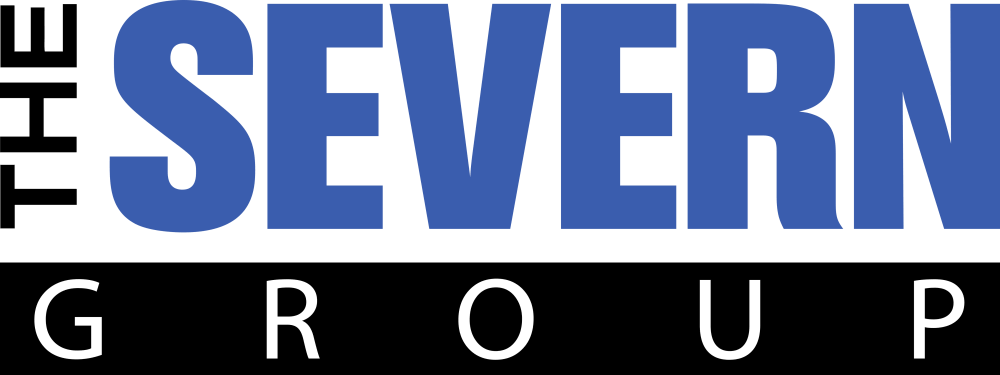Understanding Commercial Plumbing Venting Systems: Why Proper Ventilation Prevents Costly Failures
In large commercial buildings, plumbing systems must manage more than just water flow. Without proper ventilation, even the most well-designed plumbing infrastructure can experience pressure imbalances and foul odors. These isolated incidents are manageable. However, your plumbing venting systems are interconnected, meaning the compounded effects can lead to widespread failures.
Unfortunately, plumbing venting systems are often overlooked during design and maintenance. For property owners, facility managers, and contractors, understanding how venting works and recognizing the warning signs can prevent costly repairs and serious code violations in the future.
What Are Plumbing Venting Systems?
Plumbing venting systems regulate air pressure within the drainage infrastructure. They allow air to enter and exit the plumbing lines, enabling wastewater to flow freely and gases to escape safely. Without the right balance of pressure, your building’s drainage system may exhibit the following issues:
- Gurgling drains
- Bubbling toilets
- Harmful gases escaping into occupied spaces
The key to preventing these issues is to use the proper plumbing venting systems. Some of the most common types found in commercial spaces are:
Air Admittance Valves (AAVs)
AAVs are mechanical devices that allow air into the drain system when negative pressure is detected. These are often used in retrofit projects where adding traditional venting is cost-prohibitive or unrealistic altogether.
Stack Venting
Stack vents are commonly used in multi-story commercial buildings. A vertical “stack” pipe rises through the building and vents gases through the roof. Fixtures tie into the stack at each level with branch lines, allowing proper airflow and pressure relief.
Buildings that use stack venting typically have restrooms and fixtures located in roughly the same area on each floor. For instance, all of the units in a single stack in an apartment building will usually have the bathrooms in the same location.
Loop Venting
Loop venting is ideal for freestanding sinks or islands in commercial kitchens. It forms a closed circuit to maintain airflow without a direct vertical vent. It’s a more complex setup, but it is sometimes necessary for unconventional layouts.
Why Venting Matters in Commercial Buildings
Commercial properties place significant strain on plumbing systems. High-density, multi-story structures can have a high demand on plumbing infrastructure. Unlike residential setups, commercial drain lines handle larger volumes of wastewater and often serve multiple users simultaneously.
Neglecting your drain lines can lead to backups and clogs. If left unchecked, these isolated issues can lead to severe flooding or release potentially harmful sewer gases into occupied areas. Proper plumbing venting systems prevent these and other problems, including:
- Trap Siphoning: Pressure changes can suck water from traps, which removes the seal that blocks sewer gases
- Drainage Backups: Negative pressure slows water flow and increases the risk of clogs
- Sewer Gas Intrusions: Foul-smelling, hazardous gases like hydrogen sulfide can enter the building if the venting system fails
Regions such as Maryland, D.C., and Virginia are particularly susceptible to venting issues. This is due to older building stock and tenant turnover. Fortunately, you can prevent many of these problems from arising by retrofitting aging systems and investing in regular drain cleanings and plumbing inspections.
Common Challenges in Plumbing Venting Systems
Poorly designed or aging plumbing venting systems can create serious functional and safety issues. Here are some of the most common design-related pitfalls you’ll encounter:
- Vents that are too small for the building’s fixture load and usage volume
- Blockages and debris that restrict airflow
- Venting systems that were altered without authorization
- Noncompliance with regional plumbing codes
The good news is that many of these headaches are preventable by partnering with a reputable commercial plumbing services provider. The right team can inspect your drainage infrastructure, identify problem areas, and address them before you encounter a major issue.
Warning Signs of Venting Problems
Many plumbing venting systems give off subtle signs before failure occurs. Here are the red flags you need to be aware of:
- Slow drainage or standing water in sinks and floor drains
- Toilets that bubble when other fixtures are used
- Gurgling sounds in pipes after heavy water use
- Persistent sewer odors near drains
These symptoms may indicate negative pressure or improper airflow. If you are experiencing these problems in multiple areas of your facility, total venting failure may be to blame.
The Value of Professional Inspections and Preventive Action
Investing in professional inspections can prevent many venting issues before they significantly impact your business. Here are a few times when you should consider bringing in the pros:
- Tenant turnover
- Major renovations
- Drainage complaints
A commercial plumbing company can identify blockages or design flaws without ripping open the walls or ceilings of your building. More importantly, they can retrofit your drainage infrastructure to achieve proper venting.
Plumbing Venting System Issues Cost More Than You Think
When problems occur, the costs go far beyond a plumbing repair bill. Hidden expenses include:
- Occupant complaints
- Employee frustration
- Loss of business operations during repair downtime
- Water damage to walls and ceilings
- Health risks due to exposure to sewer gases
- Fines and inspection fees
Don’t wait until venting problems impact your bottom line. Partner with The Severn Group to prevent issues before they create widespread disruption.
The Severn Group is a commercial plumbing services provider that operates throughout Virginia, D.C., and Maryland. Our professional technicians bring decades of experience to complex building systems. Ready to stop venting nightmares before they begin? Contact us to schedule a consultation.
Share